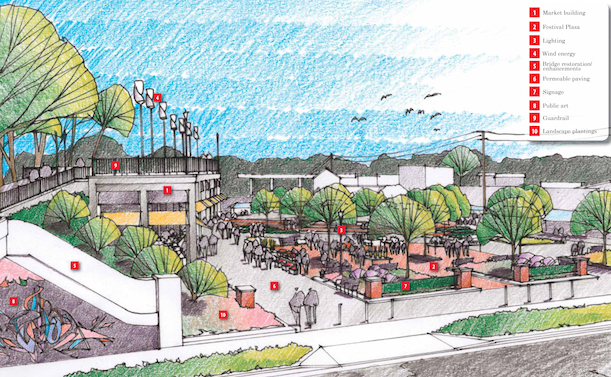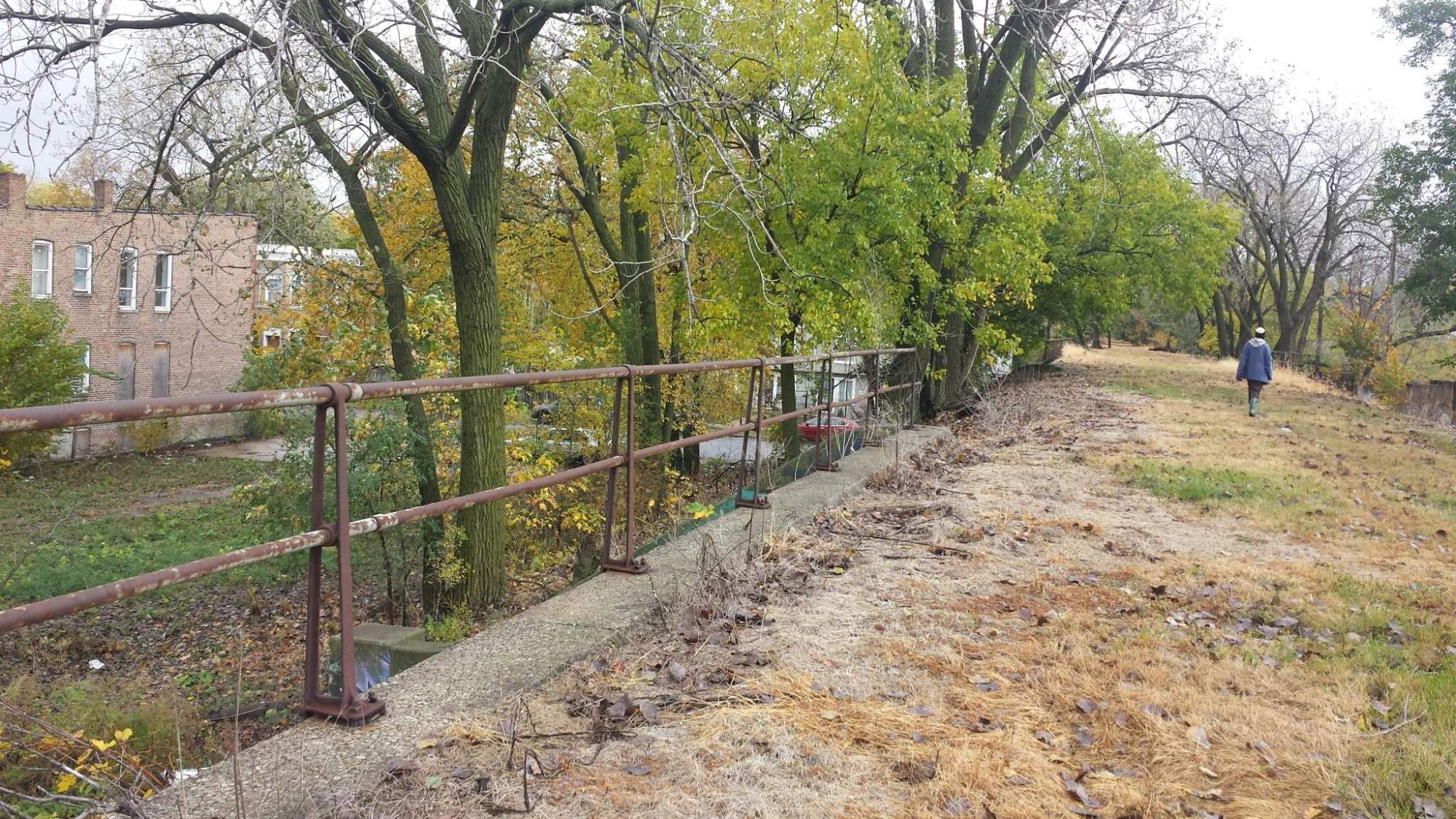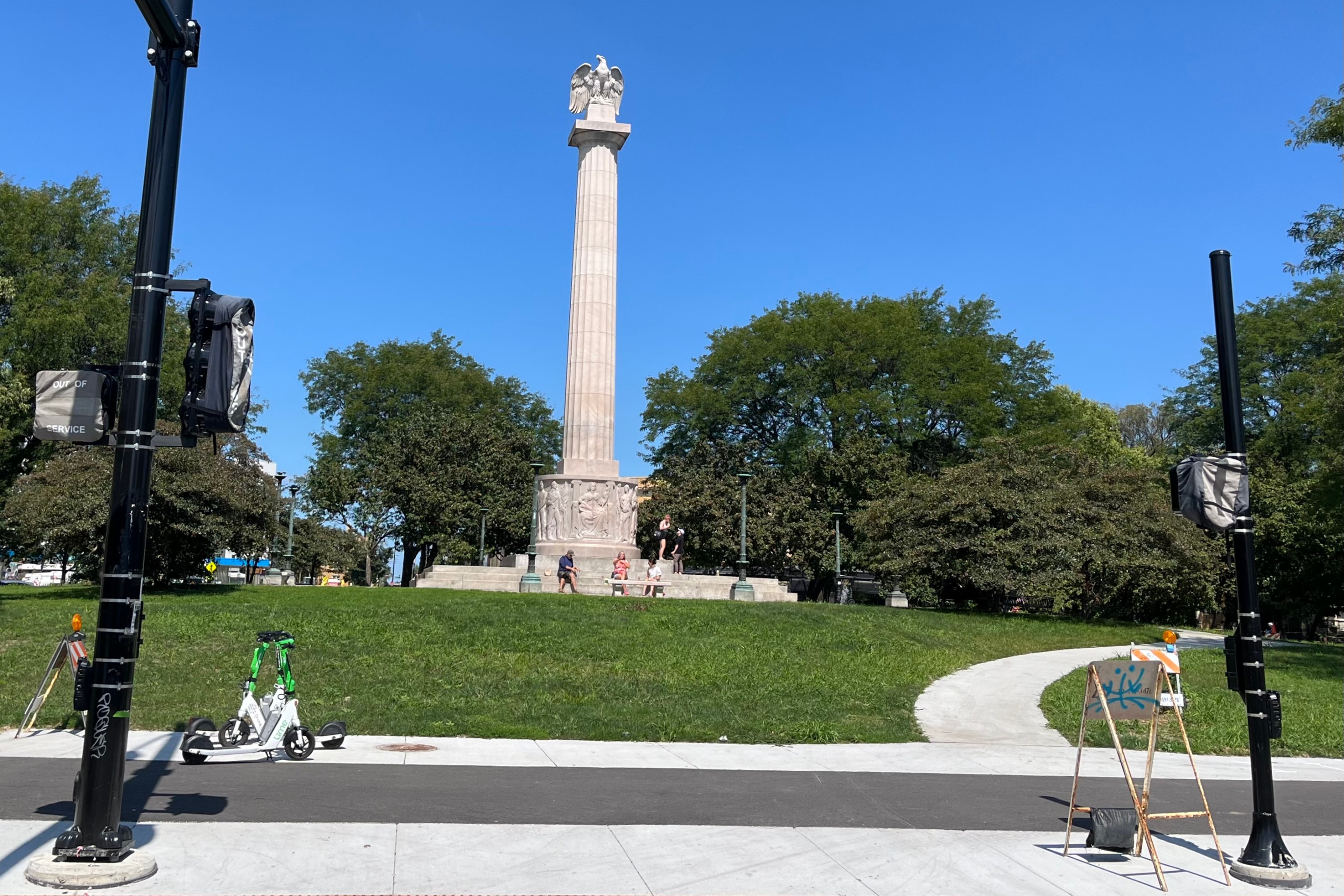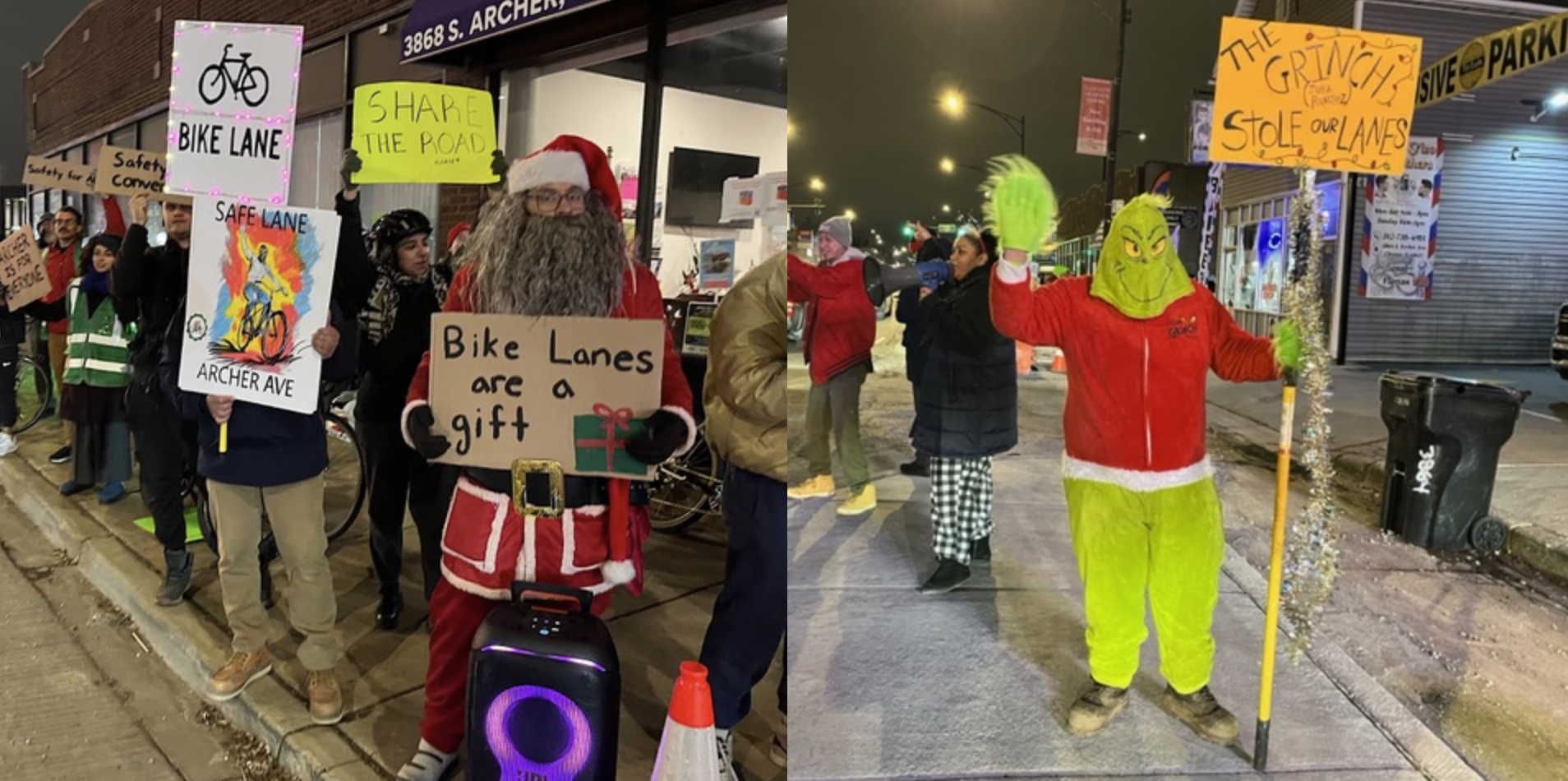In 1909, American architect and urban planner Daniel Burnham and his colleague Edward H. Bennett published the Plan of Chicago, a transportation-based blueprint for urban growth in the metropolis whose motto “Urbs in Horto” means “City in a Garden.” Appropriately, the plan placed a special emphasis on the preservation and expansion of Chicago’s parks, particularly along the lakefront. Fast forward to more than a century later to last March, when the city released its Building on Burnham plan, a strategy to expand and invest in the park system.
Building on Burnham focuses on four key areas: the lakefront, the Chicago River, natural preservation, and recreational assets and programming. So far, the city has been diligently moving its plan forward with projects such as the repaving of the Lakefront Trail and the expansion of the Chicago Riverwalk. Continuing with Burnham’s vision to create a network of interconnected parks, the city is looking to build more rail-to-trails like the Bloomindale Trail, aka The 606.
Last year Mayor Emanuel announced plans to convert abandoned railroad right-of-way on the Southwest Side to a biking and walking route called The Paseo. The four-mile long path will connect the Pilsen and Little Village neighborhoods.
Another rail-to-trail in the works is the Englewood Line Nature Trail, a proposed two-mile elevated greenway located in the South Side community of the same name. The path would run along an unused rail embankment between 58th and 59th streets from Hoyne to Wallace avenues.
Englewood is a predominately African-American neighborhood that was once home to a bustling commercial district. However, due to decades of disinvestment and a declining population, the under-resourced community was left with many abandoned buildings and vacant lots. Residents say the embankment is currently used for criminal activities. If the rail-to-trail were built, it could bring in more community investment and improve the quality-of-life for many residents.
The Englewood Line was originally part of the New Englewood Remaking America (ERA) Community Vision Plan in 2009. Openlands, an open-space preservation nonprofit, and the landscape architecture firm Hitchcock Design Group created a preliminary design thanks to a $150,000 grant from the Exelon Foundation, according to Rails-to-Trails Conservancy. The design includes a park along the embankment and an outdoor festival plaza. The trail would also have the potential to connect parks, urban farms, and neighborhood landmarks.
In a 2016 Health Impact Assessment report, the planner noted that the Englewood Line would help increase physical activity among residents and encourage them to be out in their community. Funding for the project could come from a combination of public money and private donations.

Currently, the Englewood Line is part of Chicago’s Green Healthy Neighborhoods (GHN) Plan, a ten-to-20 year strategy to improve and maximize the use of vacant land and other local resources in Englewood, West Englewood, Washington Park, and other neighboring communities on the South Side. Last year, the city was awarded a $1 million grant from the U.S. Department of Agriculture for its Growing Chicago urban farming initiative. The city wants to expand urban farming opportunities in Englewood and is currently acquiring vacant lots near the Englewood Line for this purpose.
The Department of Planning and Development is spearheading the trail conversion and is collaborating with urban planning firm Teska Associates to management the project. Along with Grow Greater Englewood and the Active Transportation Alliance, they’ve been seeking input from local residents and organizations on their visions for the trail.
“It’s [the community’s] project so at the end of the day, if it’s going to be used, then the community needs to do the designing,” Scott Goldstein of Teska told DNAInfo at a community meeting held last year.
However, not all community members are happy about the trail proposal. In the wake of the Bloomingdale Trail opening, which has helped fuel a real estate boom in the surrounding neighborhoods, proposals for new greenways in lower-income neighborhoods can raise concerns about rising housing costs and the displacement of longtime residents.
The Englewood Railway Coalition was formed in 2011 to help local homeowners hold off on buyouts from Norfolk Southern, which owns the right-of-way the city wants to acquire for the trail. In 2013, Chicago Plan Commission approved a deal giving Norfolk Southern land owned by the city to expand its Englewood rail yard in exchange for the unused rail embankment for the trail. The land acquisition process is still ongoing and the current status of the deal remains unclear.This may slow down the Englewood Line development process. If the land swap goes through, it would add 84 acres to land Norfolk already owns in the region, and potentially create 400 jobs at the expanded rail yard.
According to Crain’s, the unemployment rate in Englewood is 36.4 percent. After decades of disinvestment, we’re starting to see new businesses opening in the community. Last fall Whole Foods opened up a new store in the neighborhood, creating 200 jobs, and Starbucks recently opened a cafe. The Englewood Line could help continue this trend of job creation. Participants in the city’s GreenCorps horticulture job training program will be hired to help build the trail, starting with the construction of an access point this year. And there’s potential for small businesses like bike shops and restaurants to open up along the trail, as has been the case with the Bloomingdale.
While there are plenty of issues to be ironed out before the Englewood Line becomes a reality, hopefully its development will be part of a continuing trend towards investments in the neighborhood that will benefit the current residents.




